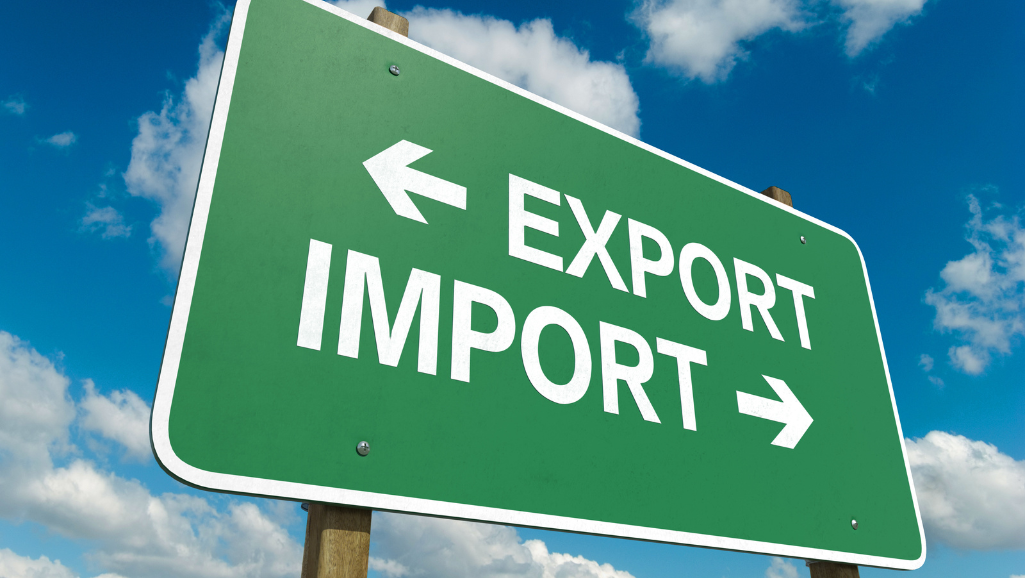How To Successfully Export Your Products Abroad [Free Export Guide]
The Needl by Wabel team
Published on: Feb 7, 2023
Is your business considering all the potential global markets it could export to?

If expanding your products into a new country isn’t on your radar yet, perhaps it should be.
Exporting is a daunting process, and many exporters – which may include you – are so overwhelmed that they don’t know where to start. This means potentially missing out on huge growth opportunities for your business.
In this article, we uncover 3 key questions that every beginner exporter should ask themselves to optimize their export strategy:
Featured resource:

Export guide to 5 key retail targets in Europe
Discover the TOP 5 retail players in 39 European markets, as well as other smaller but influential players – retailers, importers and foodservice companies – that you may want to connect with!
Do I have export potential?
You may be wondering why a company that’s already doing well in its home market would consider becoming an exporter and/or exporting to a new country.

To name just a few of the benefits of exporting: better sales, higher profits, reduced vulnerability since you’re not reliant on a single market, new knowledge and experience, as well as global and local competitiveness.
💡 Pro-Tip: Business networking events, such as trade shows or conferences, are excellent places to explore market potential and learn from others’ export experiences.
Assessing your export potential is the first step in deciding whether to export to a new country. An export-ready company has the capacity, resources and management to offer a marketable product at a globally competitive price. Is there a market for your products outside your home country? The answer to this question is critical. There’s no point in continuing if there’s no demand for what you’re trying to sell.
Consider the following factors when evaluating the export potential of your products: Your current consumer profile, possible revisions to your product to make it attractive to international customers, regulations, transportation options, local representation, and production capacity.
💡 Pro-Tip: Many trade organizations can help you prepare for foreign markets, obtain grants, and determine the market potential of your goods.
Am I well prepared for export?
You’ll have a better chance of success in your target market if you plan your export project thoroughly.

Poor (or no) preparation can lead to significant overseas failures and seriously jeopardize your domestic efforts. A solid export plan starts at home. If your business plan is out of date, now is the time to update it or create a new one.
💡 Pro-Tip: Export strategies are essential to long-term success, but you must also be ready to react quickly when new opportunities arise unexpectedly.
Your export strategy should specify your target market(s), export objectives, required resources and expected results, as well as an action and financing plan, market analysis, market entry strategy and market risk factors.
Market research might be the single most critical factor in your worldwide success. Before entering a new market, it’s imperative that you identify your target overseas market as well as the focus of your business. With over 190 countries in the world, you want to target the right ones for your export goals.
To do this, you’ll need to get a comprehensive picture of the political, economic, and cultural aspects that might affect your global operations.
Market research on competitors, distribution channels – e.g. names of stores or number of outlets – but also price positioning compared to similar items already exported is a must.
💡 Pro-Tip: Observe the competition already on the market. If there are no similar products in the area, ask yourself if that’s because you’ve a head start or because it’s not a viable market.
How can I reach international buyers?
Building export networks, finding the right local partners, and identifying key international buyers for your products are all important parts of the export process.

But the big question remains: How do you locate and engage with these essential contacts? Here are some things to keep in mind:
- What distribution channels are you targeting?
- Who are the top five players, and what is their current lineup?
- Where do your items fall inside that scope?
- What is your unique selling point? In other words, what differentiates YOUR product from all other similar products on that market?
At this point, you should start by meeting and matching with long-term partners – whether retailers, importers or food service providers – in order to grow together.
💡 Pro-Tip: Trade shows, online forums, and social networks like LinkedIn can serve as good starting points for identifying potential buyers worth targeting.
But sometimes these resources are not enough – in which case you may need a more targeted approach. Identifying and connecting with buyers can be a much more complicated process than you think. You want to make sure you target the right buyers who can meet your export needs.
💡 Pro-Tip (you don’t want to miss this crucial information!): If you’re looking to export to Europe, the following export guide will help you get a glance of key retail targets for 39 European countries, as well as a non-exhaustive list of retailers, importers and foodservice to connect with.

Export guide to key retail targets in Europe
- TOP 5 retail players in 39 European markets
- Growth prospects of European countries
- List of active European buyers to connect with
Closing thoughts...
The idea of growing your business further is exciting, but it can seem overwhelming. We’re here to tell you that expanding into new markets can be a realistic and achievable goal for your business, whether you’re a large company that already exports in large quantities to certain markets or a smaller company with big ambitions.
Best of all, you don’t have to do it alone. With Needl, our leading FMCG sourcing platform, you can empower your business to reach new heights. Say goodbye to feeling overwhelmed and hello to unparalleled market knowledge, connections to top buyers worldwide, and the power to respond instantly to real-time inquiries from international buyers. The right opportunities, at the perfect time – that’s Needl by Wabel for you!